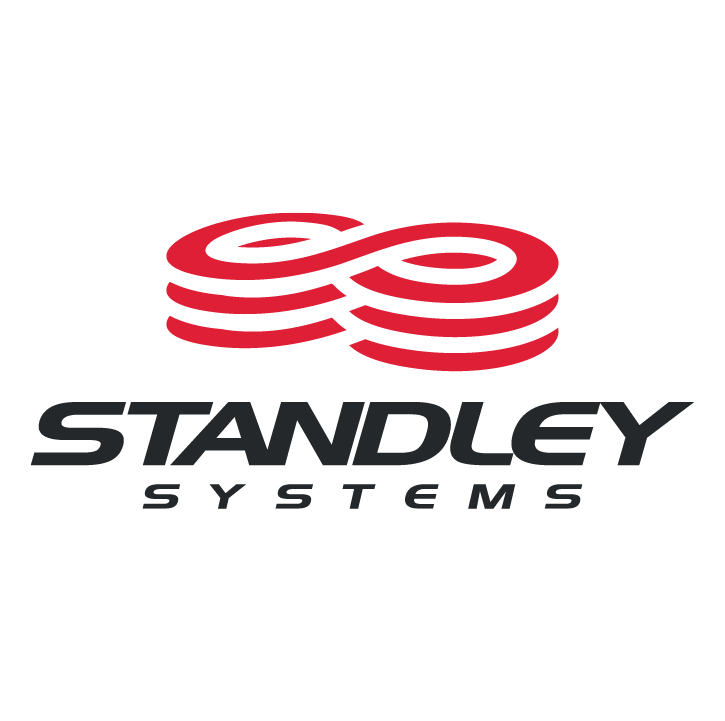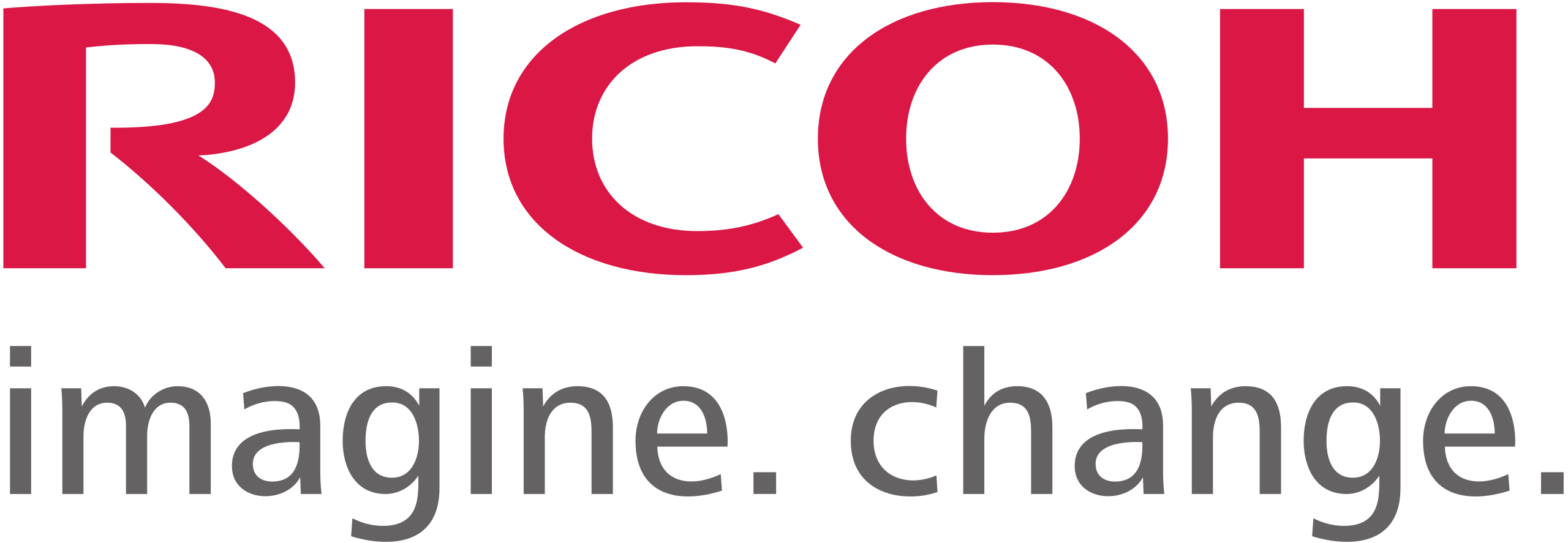4 min read
The Future of Document Management: Trends Emerging in 2025
By:
Standley Systems Staff
on
May 27, 2025
Updated: May 27, 2025

Businesses have always had to manage documents, but the way they do it has changed dramatically over the years. Before the digital transformation, important documents were kept in file cabinets, which were vulnerable to damage, destruction, and loss. Sharing documents typically involved making multiple copies and distributing them via couriers.
As businesses began digitizing, they realized there was a smarter, faster, and more secure system for managing their documents. Digital documents tend to beget more digital documents, in part because they’re easy to store. However, while digital documents take up far less space than paper documents, they can easily end up spread across multiple devices, systems, and servers. When you need to find something specific, it can be even harder to find it than if you had to dig through paper archives.
Many businesses turned to document management systems to overcome the shortcomings of these scattered, disjointed digital storage practices. As technology has become increasingly sophisticated, so have document management systems. The modern trends shaping document management in 2025 are driven largely by artificial intelligence (AI), automation, blockchain technology, and a push toward sustainability. Implementing these solutions can dramatically increase your organization’s efficiency and help you achieve your business objectives.
AI-Powered Indexing: Turning Documents Into Data
AI has automated much of the tedious work associated with tagging, sorting, and retrieving your documents. You no longer have to manually tag your documents with appropriate keywords, and then try to remember those keywords when you want to pull up a report from three years ago.
Natural language processing (NLP) is a subset of AI that allows computers to understand, analyze, and produce human language. This means your document storage solution can read a document, understand the context, extract relevant information, and automatically catalog it. When you need to retrieve a specific document, you can just ask the program directly. You don’t have to remember specific keywords or file names.
For example, your procurement manager could request a list of all contracts with unpaid balances. Instead of trying to track down each one individually (a task that could take hours), they could have a complete list in seconds. Over the course of a year, this feature alone can save your team hundreds of hours, reduce your errors, and increase your overall efficiency.
Advanced Automation for Smarter Workflows
Workflow automation in document management isn’t a new concept, but in 2025, it’s advanced dramatically. Instead of primitive rules-based triggers, today’s sophisticated systems use AI and real-time data to dynamically adapt based on factors such as content, historical behavior, and predefined rules.
Modern document management systems can automatically route documents to where they need to go based on their context. For instance, the system can identify if a document is a contract that needs to be approved by the legal department and automatically route it and send an alert.
You can implement automatic approval chains if several different stakeholders need to sign off on a document. For example, you can develop an advertising campaign, send it to a senior manager for content and budget approval, and then send it off to the legal department for a compliance check.
Automated workflows also include document lifecycle management. You can create documents, collaborate on them, archive them for as long as necessary, and then destroy them, all with minimal manual intervention and in full compliance with data protection laws. And because they integrate with your enterprise resource planning (ERP), customer relationship management (CRM), email platforms, and other business tools, you can incorporate them into your existing workflows.
The real-world impact of automated document management is faster onboarding, invoice processing, and compliance workflows. This increased efficiency results in fewer repetitive processes for your team, so they can spend their time focused on high-value tasks.
Blockchain Brings a New Level of Trust
Blockchain has seen widespread adoption with digital currency, but we’re also seeing it being used more in document management systems this year. Blockchain is a decentralized ledger that records every transaction and cryptographically links it to the one before it. It can’t be changed unless the entire network agrees, so it’s extremely tamper-resistant and fraud-resistant.
Because it’s so transparent and provides unchangeable document verification, it provides valuable audit trails. Industries such as legal, finance, and healthcare, as well as publicly traded companies, are required to provide evidence of everyone who accessed a document and what changes they made to it for compliance purposes.
Law firms can use blockchain technology to certify that a contract hasn’t been changed since it was signed. Healthcare organizations can show that only authorized employees have accessed a patient’s file. This type of transparent access is a boon for organizations that need to comply with legislation such as the Sarbanes-Oxley (SOX) Act and other transparency and data protection regulations.
Sustainability Drives Storage Innovation
Many modern document management solutions are driven by advanced technologies that require massive processing. These applications can be resource-intensive and use a lot of energy and water as a result. In response, many companies have developed eco-conscious measures. Cutting-edge data centers are being built in conjunction with renewable energy, such as solar panels and battery storage systems. These data centers often have a goal of net-zero emissions.
Smart archival systems can automatically archive and delete data when it’s no longer needed so that you aren’t wasting energy storing redundant or useless data. Additionally, moving from paper-based to digital document storage reduces your carbon footprint. Cloud-based options allow you to create, share, sign, and store documents without the need for paper or any of the resources that go into making, transporting, storing, and disposing of it.
These innovations can help your company meet its environmental and sustainability goals, save money, and reduce its clutter. An added bonus is that digital document management solutions are more secure and provide better access than paper solutions or haphazard digital methods.
Innovative Trends Are Driving Efficiency, Security and Sustainability
Advances in technology are making it easier than ever for businesses to offload tedious manual processes that are necessary but time-consuming. This allows you to focus on your primary business functions and deliver more value for your customers. Adopting these document storage trends will empower your business by making it more secure, efficient, and future-ready.
Standley Systems is an IT managed service provider (MSP) that can help you migrate your documents and data to a secure, modern document management system with minimal disruption to your business's operations.
Reach out today to learn more about the tools and strategies that can streamline our workflows and strengthen your security.

 800-522-3725
800-522-3725 info@standleys.com
info@standleys.com Support
Support











